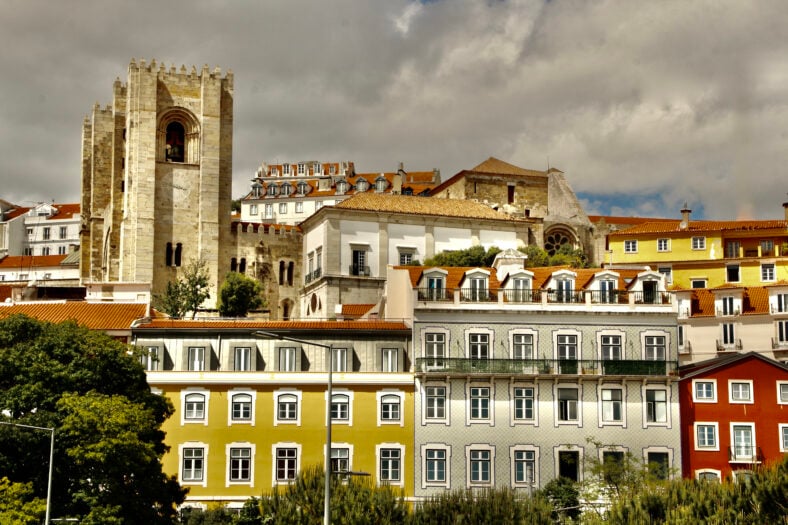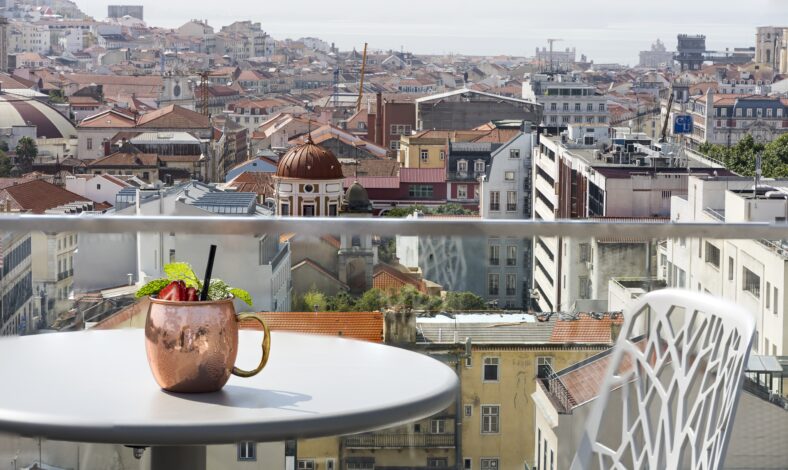
With an increasing number of Americans moving to Portugal (up 239 percent from 2017 to 2022), inquiries from the U.S. have tripled. Most attribute it to temperate weather, beneficial visas, and a minuscule crime rate. Lisbon is loving it. With Portugal being voted 2022’s “Best Tourism Destination in Europe“, Lisbon has generated an all-time high of over 1.5 billion euros in tourism revenue. Even so, the city, like many in Europe, has seen its share of anti-tourism demonstrations recently. So, before you put the house on the market, why not visit first?
Dating to ancient Egypt, Lisbon derives its name from Olisipo, likely from the Phoenician alis ubbo, meaning “delightful little port“. And delightful it is, despite its imperious past as the launch point of the world’s most formidable naval power. Set in a strategically safe stronghold at the mouth of River Tagus, about eight miles from the Atlantic, the first structure you see when arriving by ship is the Golden Gate Bridge. Actually, it’s a replica built by the same engineers who designed San Francisco’s span. Erected in 1966 it’s called 25 April Bridge, named for the Carnation Revolution of 1974, which replaced the Salazar dictatorship with democracy.
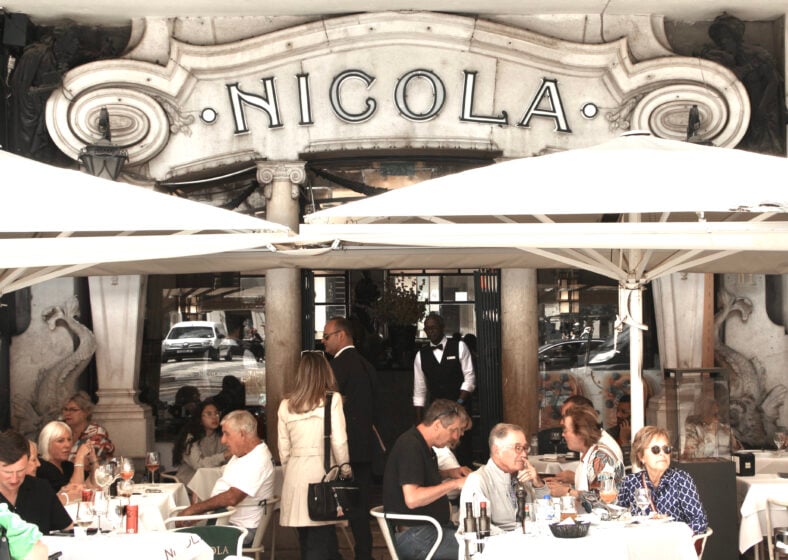
Before you reach the bridge, you’ll sail by Belém Tower. Diminutive by contemporary standards, it was the tallest structure on the skyline when it was built in 1520. It shares its architectural style with nearby Jerónimos Monastery, a style called Manueline, a late Gothic iteration named for King Manuel I featuring conical pinnacles, floral and maritime motifs, and Moorish elements such as horseshoe arches and intricate tilework. Jerónimos houses the tomb of famed explorer Vasco da Gama as well as the National Archeological and Maritime Museums.
The streets and alleys of the city’s old town are best enjoyed via cable car or tuk-tuk. Stop at Rossio Train Station (another Manueline masterpiece), and walk up the hill to Igreja de São Roque. This unassuming church dates to the 16th century and includes the Chapel of St. John the Baptist, constructed in Rome from precious stones and later disassembled, shipped, and reconstructed in Lisbon. Lacking St. Peters’ Michelangelo-designed dome, the builders of São Roque simply painted the wooden ceiling to look like the soaring spires and clerestory of its Roman brethren.

At least São Roque has a roof, which is more than can be said of Convento do Carmo, a 16th-century Gothic church damaged in a 1755 earthquake. Step inside and find yourself outside, looking up at a naked sky framed by the swooping arches of the shattered structure. Step outside and you’ll find Santa Justa Lift, an open-air elevator designed by Raoul Mesnier du Ponsard, who studied under Gustave Eiffel, father of the tower in Paris, built a decade earlier. For a small fee, the lift connects the lower town, Baixa, with the upper town, Largo do Carmo.
Baroque and Art Deco are common architectural styles found throughout the city, but only the sinuous Art Nouveau doorways and storefronts conjure beguiling organic shapes derived from inorganic means. One such storefront is Café A Brasileira on Garrett Street, a legendary hangout for writers, poets and painters. It’s conveniently positioned across from Livraria Bertrand, which dates to 1732 and is billed as the world’s oldest still-operating bookstore.
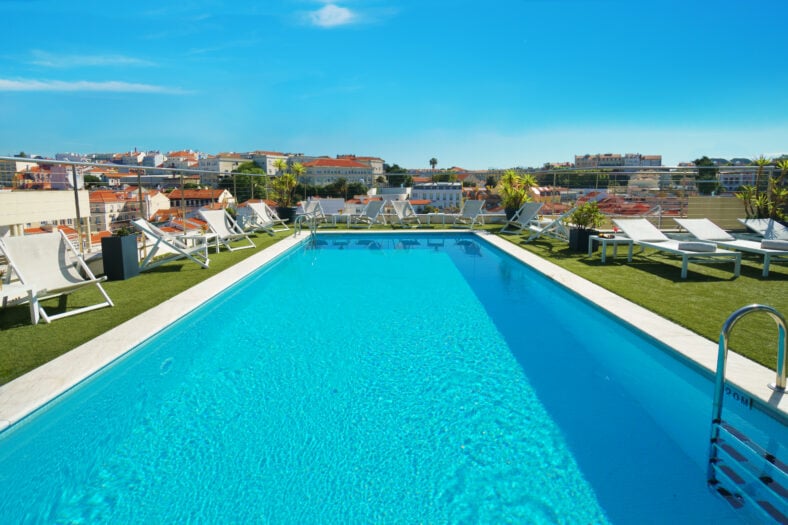
On a hill overlooking the city is Castelo de São Jorge, empty but for cannons, tourists and courtyards converted into public gardens, perfect for a peaceful respite offering stunning views. If it’s castles you’re after, then your next stop is the train station for a 40-minute ride out to Sintra, a wealthy suburb set amid pristine forested mountains. It serves as a hub to multiple castles, including Monserrate, a Gothic-Revival, Moorish, and Venetian-style mansion built by Francis Cook, a 19th-century British industrialist. It features delicate lace carved doorways and domed ceilings under which to spend idle summer hours surrounded by gardens, ponds and waterfalls, as well as an abandoned chapel, roofless and overgrown in a shady corner of the estate.
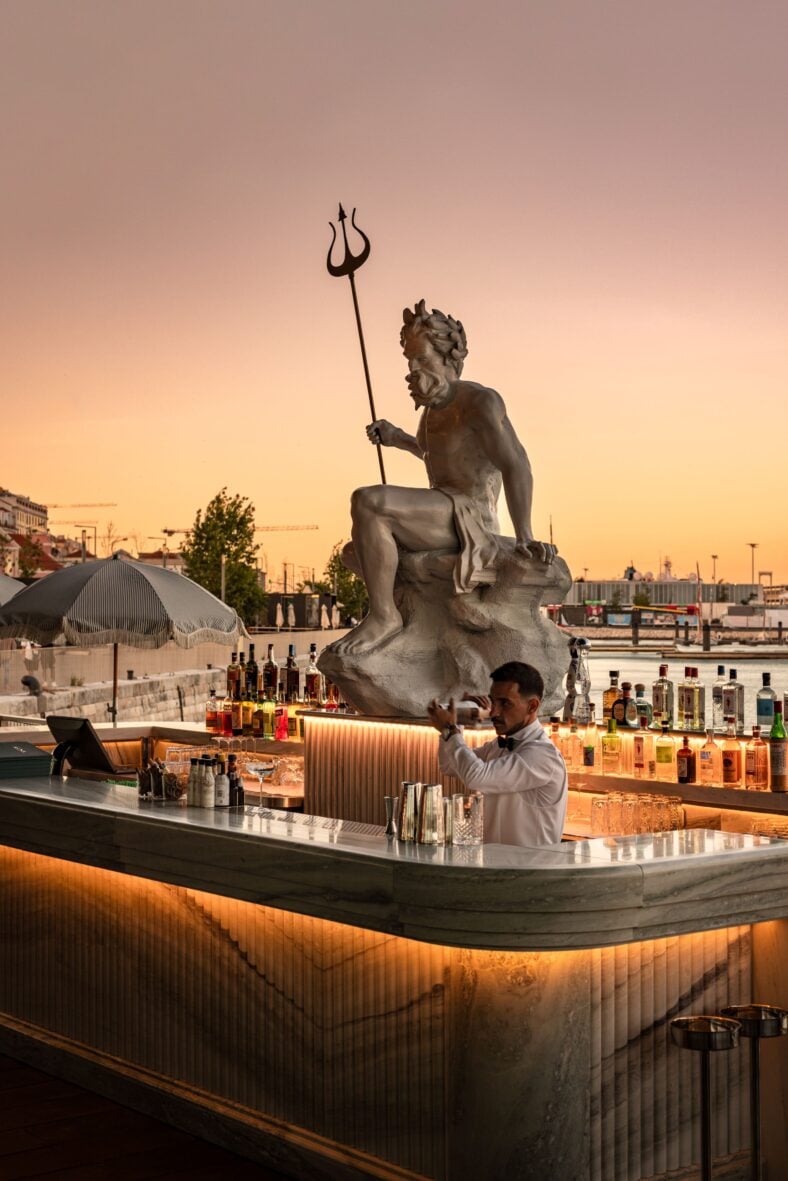
A short walk from the train station up Lisbon’s Avenida da Liberdade (a former royal garden and one of the most expensive streets in Europe), takes you past art deco masterpieces like the Teatro Eden building and the Victoria Hotel (both designed by Cassiano Branco). The latter sits next door to the NH Collection Lisboa Liberdade, a boutique hotel tucked inconspicuously away in a retail complex. Its inviting rooftop pool includes a restaurant and bar offering a smoked salmon wrap with guacamole and bespoke cocktails.
If pampering is what you crave, then cross the street to the Tivoli, the most affordable luxury accommodation on the thoroughfare. Opened in 1957 as the Tivoli Avenida Liberdade Lisboa, it features picturesque city vistas from the Beatriz Costa Suite, with furnishings from the collection of the Portuguese actress for whom it’s named. Measuring 77 square meters, it comes with a bedroom and a separate living area accommodating four adults for $2,300 per night. Dine at SEEN under the incomparable palette of Chef Olivier da Costa, whose specialty is seafood. Try the truffled gunkan (salmon, shrimp, quail egg, truffle and leek), and to lift your spirits, sip the wasabi papi (Beefeater, wasabi, ginger, lemongrass and lime).
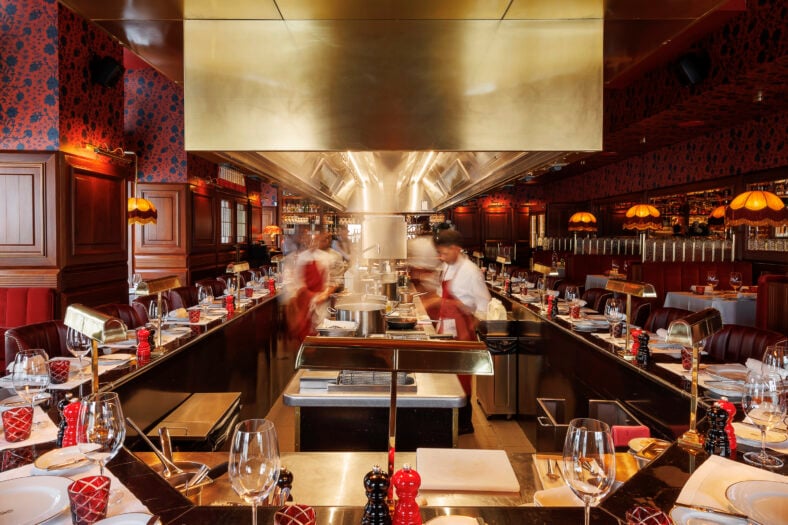
So popular that they added an exterior elevator to avoid bothering hotel guests, SEEN overshadows the more discreet ground-floor restaurant, Cervejaria Liberdade, which offers elegant surf and turf selections such as Pica-Pau (traditional sautéed pork loin strips), or duck leg confit. If Tivoli is overbooked, try the more affordable Avani next door. Secluded from busy byways it offers contemporary decor and gourmet delicacies at Yakuza by Olivier, considered the best Japanese restaurant in Lisbon. Also by Chef da Costa, it specializes in East/West fusion like the spicy teriyaki sirloin or the makizushi toro maki.
If you’re not considering a move to Portugal, it’s at least worth a visit. The tile-covered facades, Art Deco, Gothic and Manueline architecture, cuisine, wine and indelible sites make it so. And with prices among the lowest in Western Europe (and before anti-tourism measures are taken), you may want to consider booking a trip soon.
